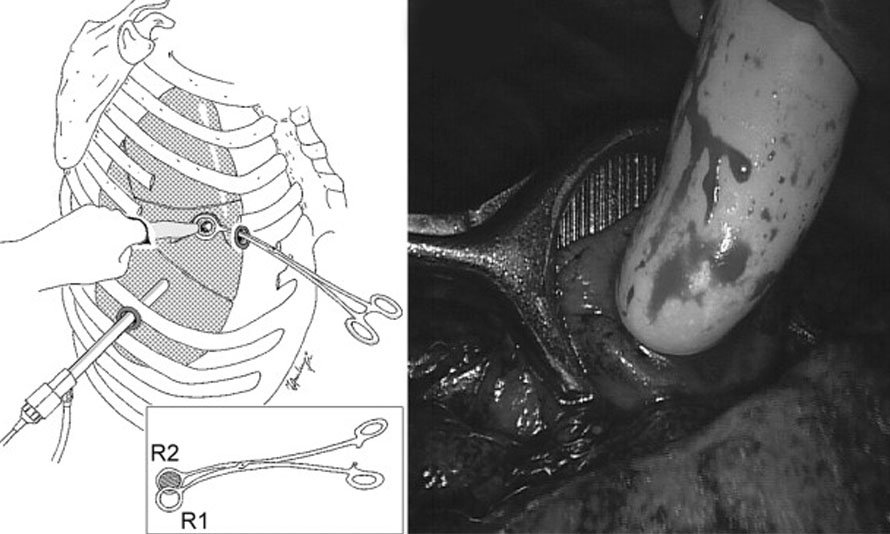
Pulmonary metastasectomy is a surgical procedure performed to remove metastatic cancer tumors that have spread to the lungs from a primary cancer site elsewhere in the body. The goal of this surgery is to remove the lung metastases in order to:
Control the Spread: By removing metastatic tumors, the surgeon aims to control or eliminate the spread of cancer to the lungs.
Prolong Survival: In some cases, pulmonary metastasectomy can potentially extend the patient's overall survival or provide a cure for isolated lung metastases.
Symptom Relief: Surgery can alleviate symptoms caused by lung metastases, such as coughing, shortness of breath, and chest pain.
Pulmonary metastasectomy is most commonly performed for cancers that have a tendency to spread to the lungs, such as colorectal cancer, renal cell carcinoma, sarcomas, and certain types of melanoma. The procedure is typically considered when the lung metastases are isolated or limited in number, and the primary cancer site is under control or manageable.
Here is an overview of the key aspects of pulmonary metastasectomy:
Patient Selection: Candidates for pulmonary metastasectomy are carefully selected based on various factors, including:
Imaging and Staging: Before surgery, the patient undergoes thorough imaging tests, such as CT scans, PET scans, and sometimes MRI scans, to determine the location, number, and extent of lung metastases. Staging is crucial in assessing the suitability of the patient for surgery.
Surgical Approach: Pulmonary metastasectomy can be performed using various surgical approaches, including thoracotomy (open surgery) or minimally invasive techniques such as video-assisted thoracic surgery (VATS). The choice of approach depends on the specific case and the surgeon's preference.
Extent of Surgery: The surgeon will remove the lung metastases while attempting to preserve as much healthy lung tissue as possible. The extent of surgery depends on the number and location of metastases. In some cases, it may involve removing a portion of a lung (lobectomy) or a wedge resection.
Recovery: Recovery after pulmonary metastasectomy varies depending on the surgical approach and the patient's overall health. Some patients may experience a relatively quick recovery, while others may have a longer recuperation period.
Follow-Up: After surgery, patients typically undergo regular follow-up appointments and imaging scans to monitor for any recurrence of lung metastases or primary cancer.
It's important to note that not all patients with lung metastases are suitable candidates for pulmonary metastasectomy. The decision to pursue this procedure is made on a case-by-case basis, taking into account various factors, including the type and stage of cancer, the patient's overall health, and the potential benefits and risks of surgery. Patients should have a thorough discussion with their oncology team to determine the most appropriate treatment plan for their specific situation.